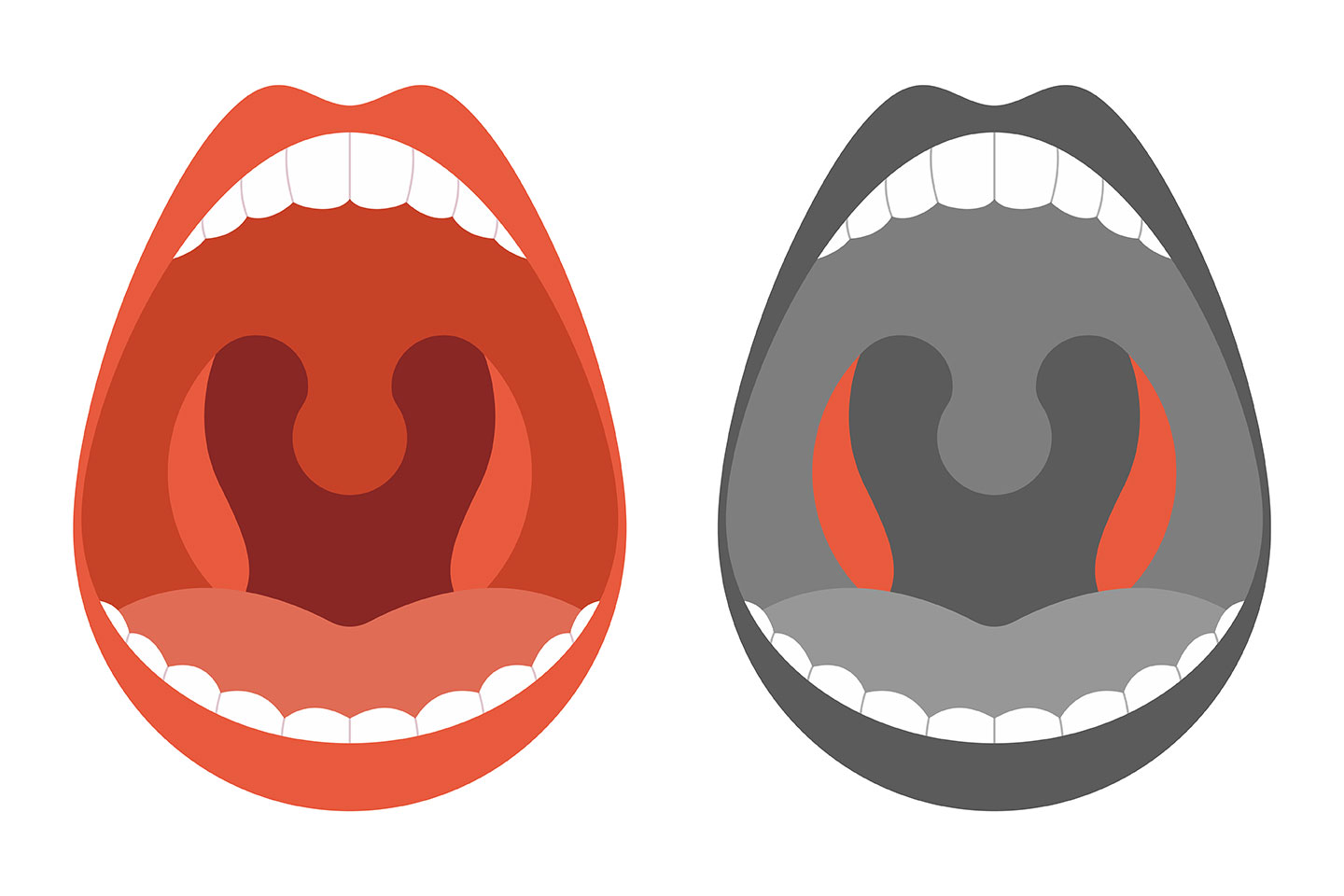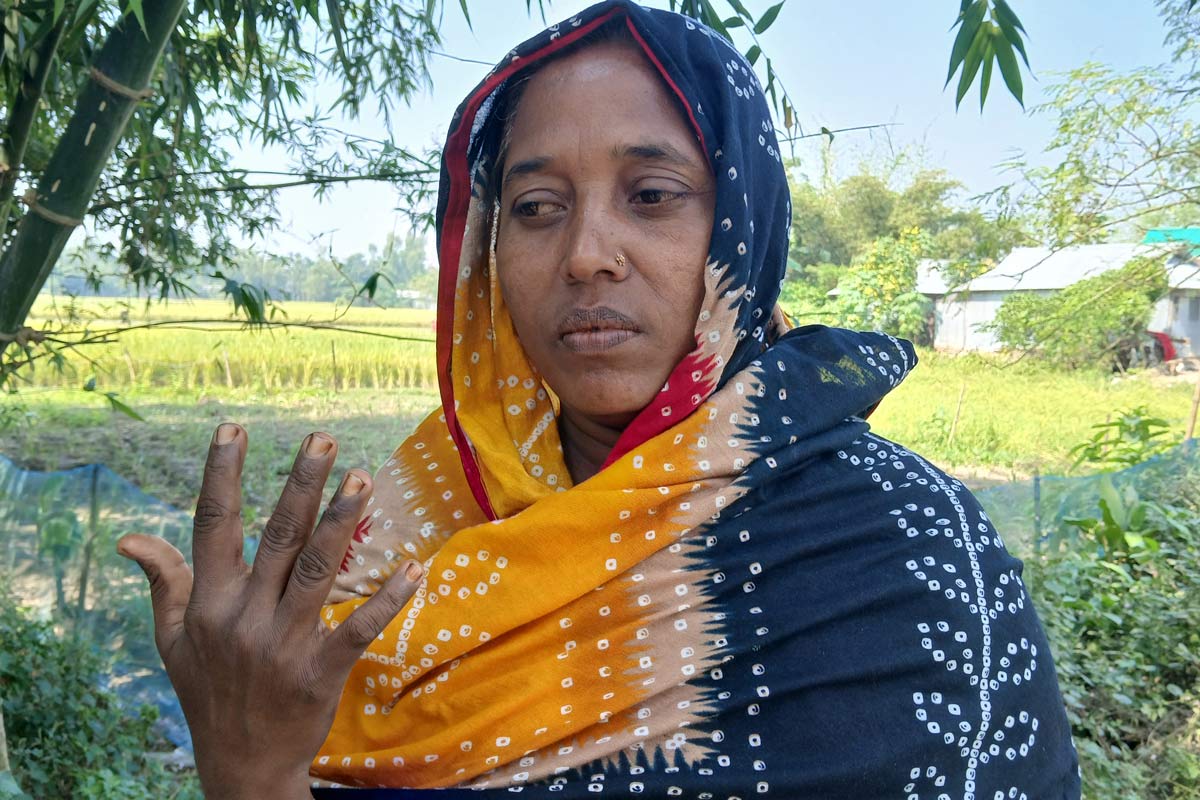Self-COVID-19 tests: do you know your tonsils from your uvula?
Some COVID-19 tests require you to swab your own tonsils, but could you be mistaking them for something else?
- 31 May 2021
- 3 min read
- by Linda Geddes

It’s not often we open our mouths wide and take a look in the mirror, but the COVID-19 pandemic has prompted many new experiences. If you have to self-administer a COVID-19 test, you may be told to swab the tonsil area, as well as the inside of your nose. But do you even know what your tonsils look like?
Open wide
The most obvious structure at the back of the throat is the fleshy “punchbag” that dangles above it. This isn’t the tonsils, but the uvula (pronounced “you-view-la"), and its main function is to stop food and liquid from being pushed into our nasal cavities when we swallow.
“Whether you’re swabbing the uvula; the tonsils; the back of the throat; the oral pharynx, which is even further back; the soft part of the inside of the nostril; or right at the back of the nose, the virus is going to be present.”
The tonsils are small lumps located on either side of the throat. They can be difficult to see in healthy individuals, but swell up if they get infected (tonsilitis).

Swabbing the uvula, rather than the tonsils, isn’t necessarily harmful, and you’re still likely to retrieve some of the SARS-CoV-2 virus the swab is designed to collect – though it may tickle, feel uncomfortable or even trigger the gag reflex.
Indeed, in the case of highly sensitive PCR tests (the sort that that must be sent away to a laboratory for processing), at least one recent study suggests that you’d still catch enough virus if you missed the throat entirely and swabbed the inside of the cheeks.
Have you read?
“It doesn’t really matter in the acute phase of the infection, because everything’s mixing,” said Julian Tang, a consultant virologist at the Leicester Royal Infirmary, UK, who supervised the study. “Whether you’re swabbing the uvula; the tonsils; the back of the throat; the oral pharynx, which is even further back; the soft part of the inside of the nostril; or right at the back of the nose, the virus is going to be present.”
Nose swab
Some countries don’t require people to take a throat swab to test for COVID-19 at all. The US Centers for Disease Control and Prevention (CDC) advises people to swab the inside of both of their nostrils, by inserting the swab no more than 1.5cm deep, and then pressing gently for a few seconds at a time, before rotating the swab and pressing again, at least four times. In contrast, the UK guidance instructs people to firmly swab both tonsils four times, and then to swab one nostril by rolling the swab firmly around the inside of the nostril, making ten complete circles.
Tang said: “There isn’t really a consensus on the best way to swab. Just getting people to do it is the main thing, rather than shying away from it because it is so uncomfortable.”








